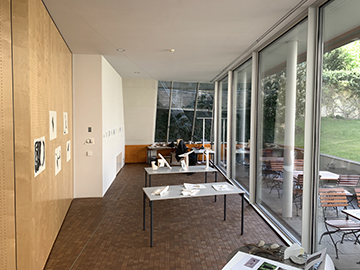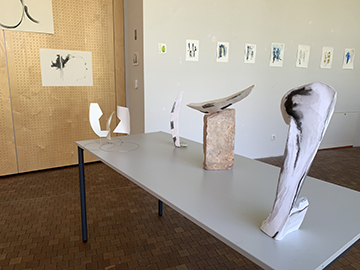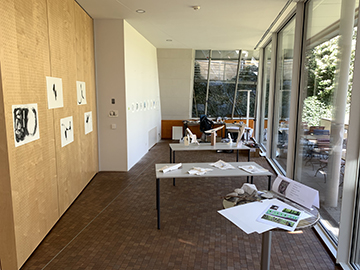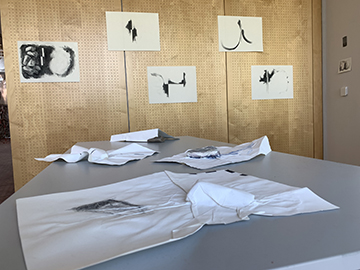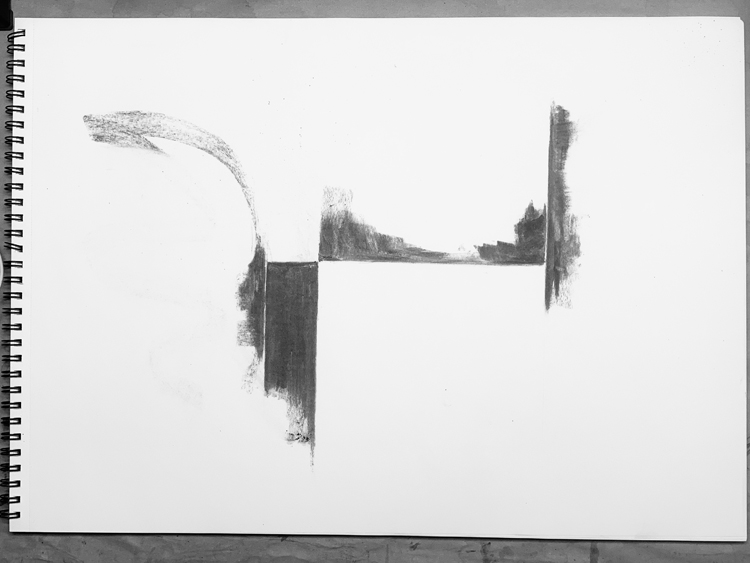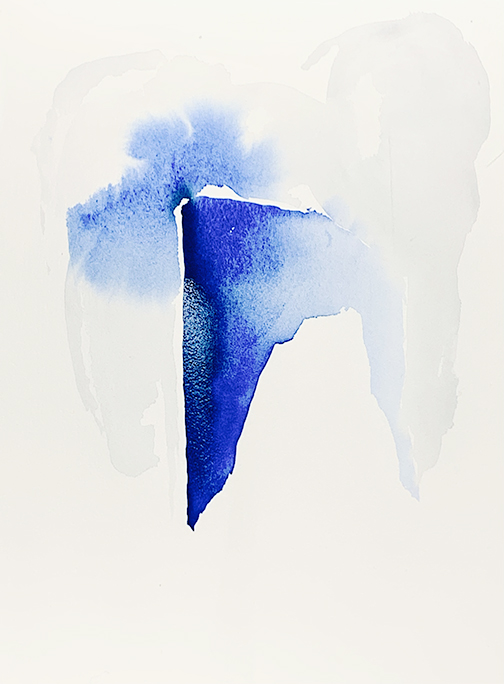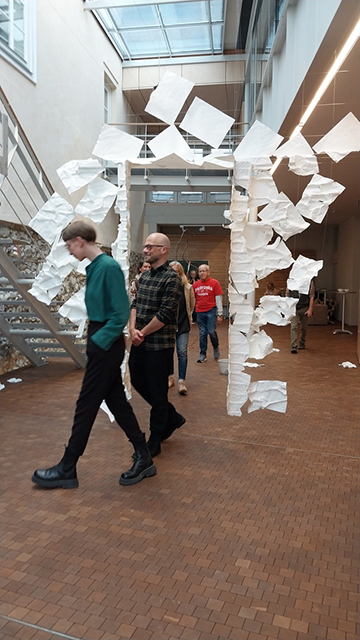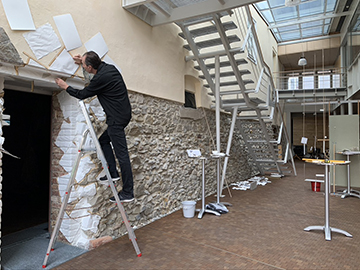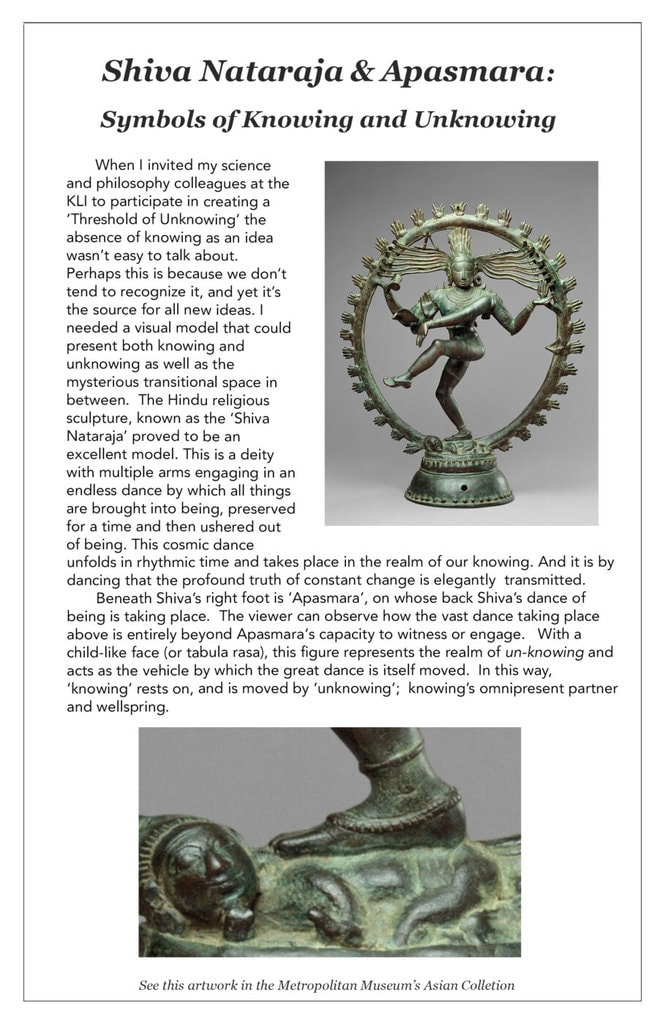Documentary video [7 mins]
“The beginning of knowledge is the discovery of something we don’t understand.” -Frank Herbert
Threshold of Unknowing’ was created as an invited Art-Science project at the Konrad Lorenz Institute (KLI) in Klosterneuberg (close to Vienna), Austria, a small research community for the pursuit of interdisciplinary knowledge in the domains of evolution, cognition, and philosophy of science.
This multipart site-specific sculpture installation emerged from an embedded artist residency at the KLI from January to May 2023. It presents an emergent outcome from repeated interviews and encounters with the KLI scholars regarding their individual processes of investigation. The installation was also a collective response to the architecture and physical structures of the building’s many layers of history, realized through hands-on contact.
The ‘Threshold of Unknowing’ consists of two primary elements: a stone doorway marked with the outlines of paper sheets that had ‘mapped’ the doorway, and the paper ‘map’ suspended in the central atrium. The randomly overlapping outlines on the stone doorway indicate the specific placements of wet paper sheets on the stone by each member of the community. These sheets were then dried, taken down and reassembled into their original configuration as a doorway or ‘threshold’ suspended in the skylit atrium. Other works in the exhibition, including ‘Measuring / Stick’ and ‘Measuring At The Threshold’ ( 1:23 mins video), contrast the act of measurement with organic growth and movement.
The development of the project centered on interviews with each of the Research Fellows and staff members at the Institute. As more was learned about each person’s investigative journey, and more time was spent working in the atrium of the history-laden building, the act of measurement–common to art and science alike–emerged as a unifying theme. The sheet of paper was introduced as a ‘unit of measurement’. Participants were invited to choose a portion of the doorway, immerse the ‘unit of measurement’ in water and press it against the contours of the stone. The act of physically pressing a wetted rectangular sheet of A3 drawing paper onto their selected area of the stone doorway became an opportunity to experience the act of knowing/mapping the building as a place of inquiry. Given the fragility of the wet paper and the sharp stones, the soggy paper would inevitably tear. When the paper ‘units of measurement’ were later reassembled to form a suspended ‘map’ of the stone doorway, it was the tears and gaps between the units that the participants found most compelling. It was at this point that the ‘threshold of unknowing’ became a meaningful metaphor for the terra incognita in their various research endeavors.
Working every day in a centrally located public studio as an artist embedded in a research institute, explicitly supported and encouraged by leadership and welcomed by the Fellows and Staff for extensive interviews and active participation, in an experientially stimulating setting replete with historical and metaphor-rich architectural attributes, what stands out most was the fluidity of the overall experience. Much of the energy that benefitted my project had already been focused by the intention of the KLI’s mission, the people and the place. Tapping into this energy with an inclusive project that abstractly mirrored aspects of that mission through interviews and hands-on contact, generated a transparent environment of collective curiosity in which everyone had a feeling of agency, allowing any harnessed energies to become part of the larger flow.
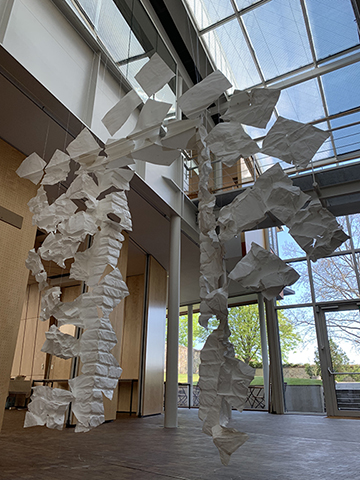
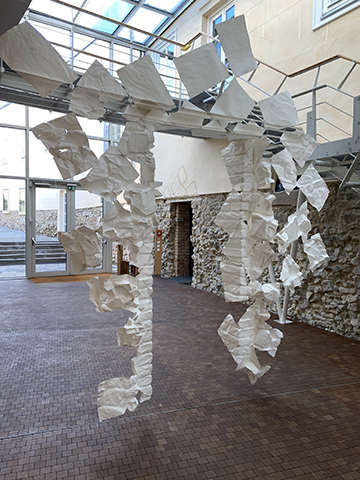
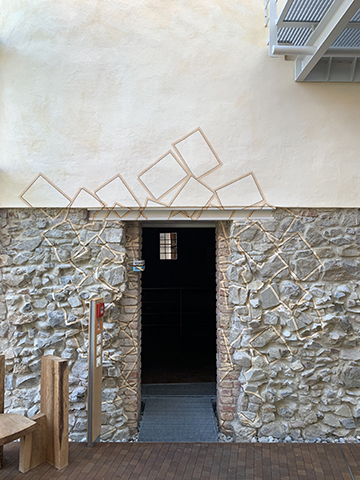
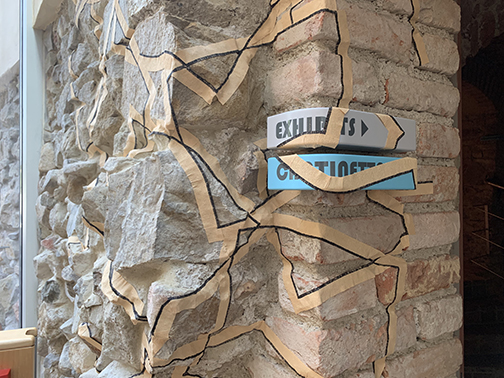
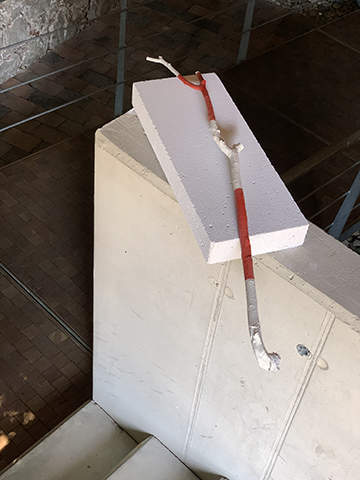
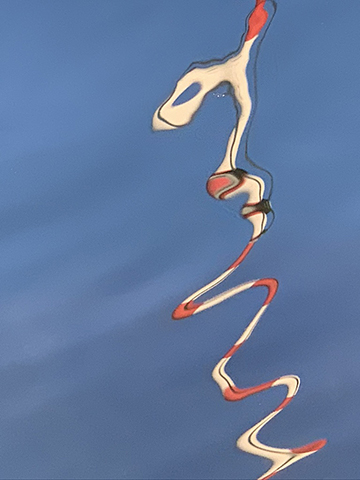
Drawings & 3D studies
'Reflection on Measuring' (1:35 mins) A short looping video presentation shown in the adjacent Conference Hall
Interviews - Paper - Measurement - Architecture
Interviews
The challenge of bridging of scientific/philosophic and artistic ways of seeing for an Art-Science project meant focusing the undefined spaces that are inherent to cross-disciplinary communication. Learning from each member of the group something of their background through interviews provided me with insight into their educational journey and research goals while also sharing something of my journey. The shared knowledge and mutual vulnerability opened doors to further curiosity and deepened trust.
The three interview questions that were the following:
-What would you say was a ‘formative experience in nature’ at any point when you were growing up?
-What steps and educational choices have led to your current research/professional activities and goals?
-Beyond your professional/research engagements, what sustains and nourishes you?
The extraordinary richness of each member’s educational journey, creative research endeavors and their perspectives on ‘nature’ illuminated the shared territory of mystery that fuels and propels all forms of investigation. With each interview the challenging research questions that were described underscored the presence of the unknown as an almost palpable domain.
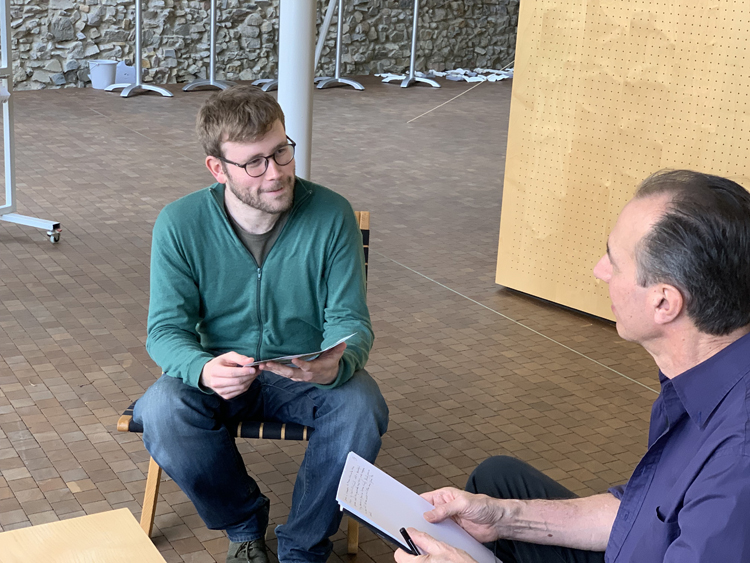
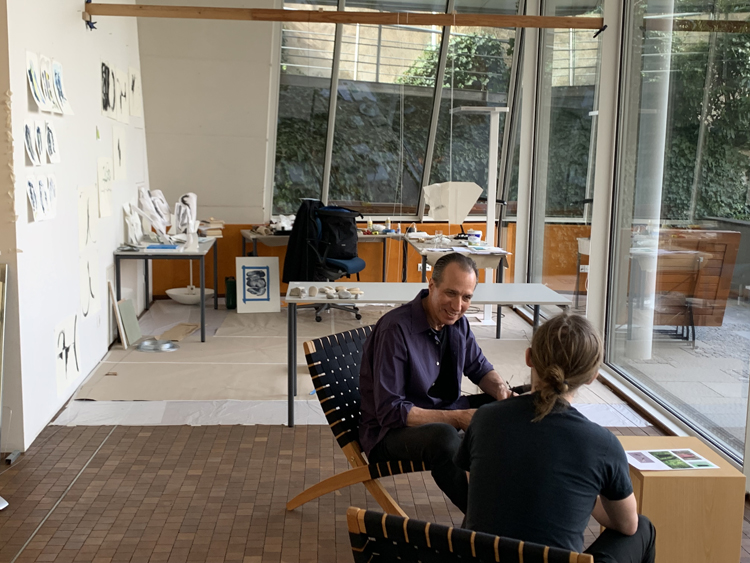
Paper
The slippery subject of ‘unknowing’ now possessed some vague outlines.But given the many potential spaces and features of the KLI, what medium would best serve to convey it? Following each interview I turned to the materials at hand, paper, pencil, watercolor, charcoal and the river stones that bordered the masonry walls. What stood out were the stones and the large masses of the 14th century stone walls across from the public studio space I had been given. Gradually, it emerged that making molds with A3 drawing paper of stones as a means of ‘mapping’ or ‘knowing’ an object of study could be applied to the physical structure of this ‘place of inquiry’. Harnessing this stone structure would become a powerful way to ground this slippery subject of ‘unknowing’ at a deep foundational level.
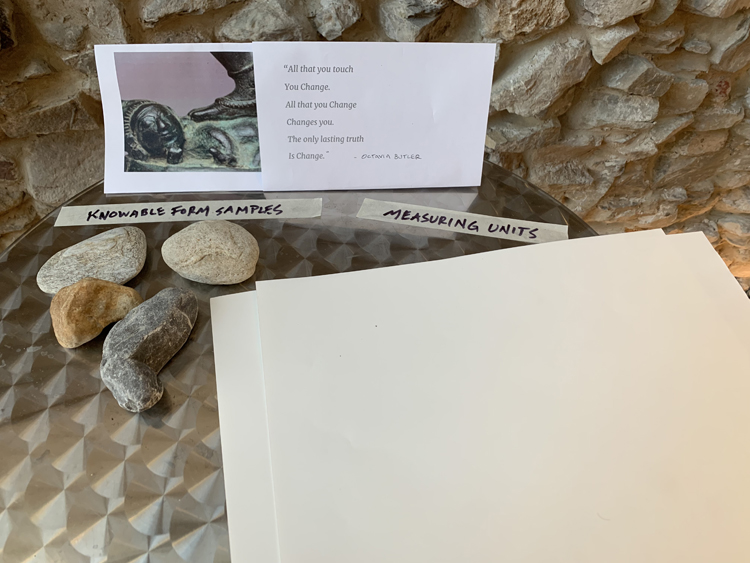
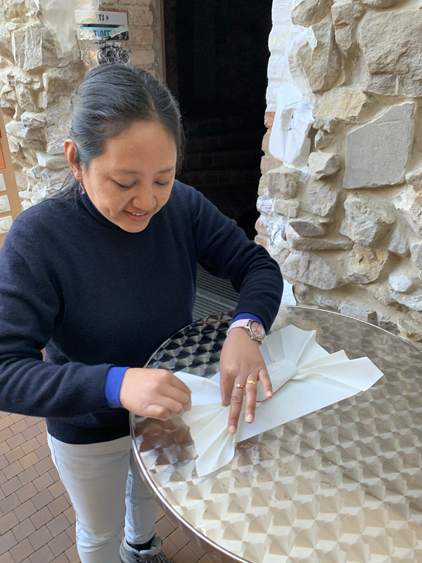
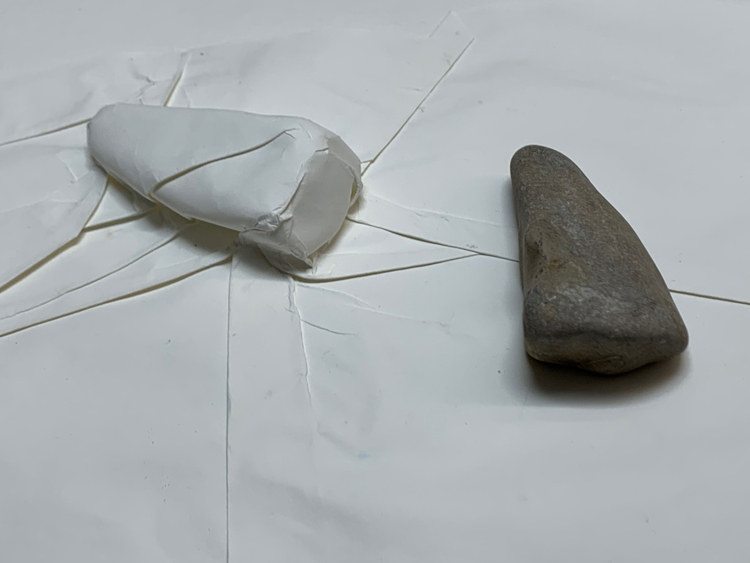
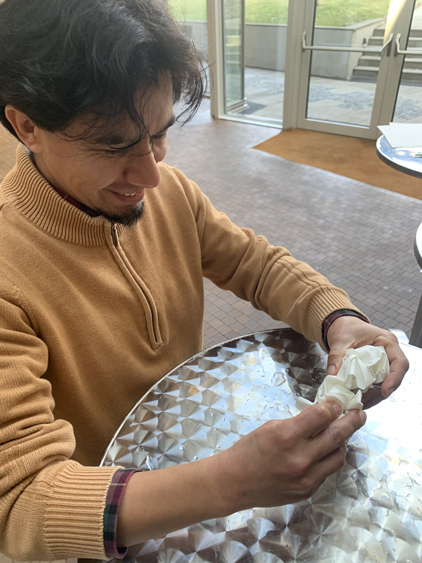
Measurement
In contrast to the latent mysteries of ‘unknowing’, the haptic contact with the stone felt very grounding. In addition, the use of a standard sheet of paper (an essential material used alike for artistic and scientific investigations, made for a clear and direct method. Knowing by touch, and repeatedly mapping surfaces of stone at a 1:1 scale with a standard unit of wet A3 paper engaged the notion of measurement. With this approach, the stone structure of the building’s doorway would metaphorically represent the dynamic movement of inquiry. Collectively measuring sheet by sheet, and eventually mapping a portion of the doorway area, brought our shared physical environment and our diverse paths of inquiry into an evocative and open-ended group process.
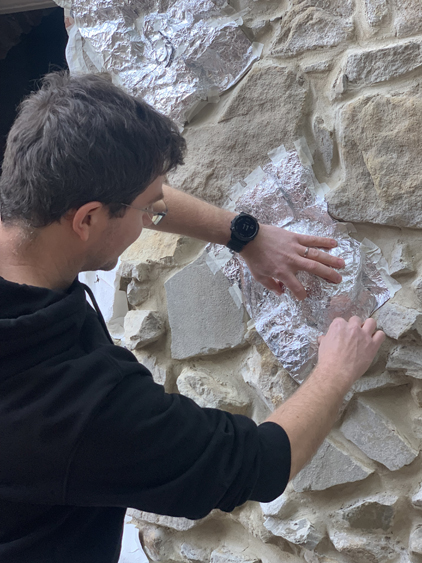
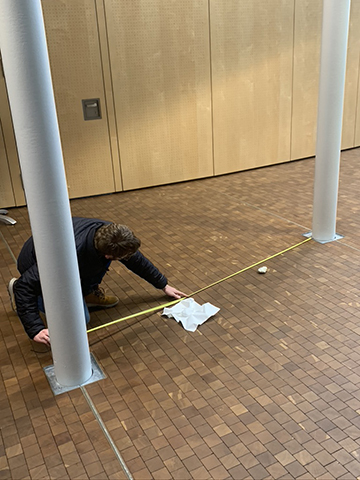
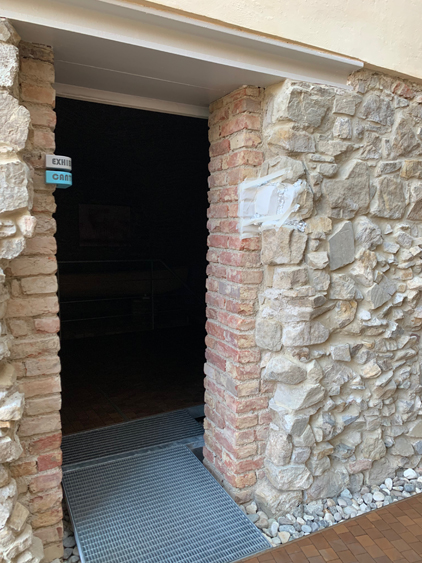
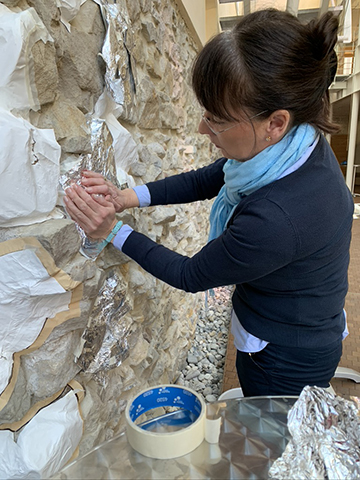
Architecture & Enabled Spaces:
As a space, the KLI includes Medieval, Baroque buildings with a brilliantly integrated 21st century addition, together with Neolithic artifacts recovered during the new construction. It is a space designed for asking questions, for exploring and sharing knowledge, and latent within its dark vaults, skylit atria and traversing footbridges, lie an infinite array of possible narratives in its multi-layered histories. Whether focusing on the contrasting relationships between ancient and modern, opaque rock and translucent steel grids, rectilinear and oblique lines directional movements, the eye and the imagination are provided with visual and conceptual metaphors to subconsciously inform and prompt new ways of seeing.
The research of Markus Peschl (Univ of Vienna) was a turning point in conceptualizing my engagement with the KLI’s mission and its architecture. The following is an abstract from ‘Why space matters for collaborative innovation networks: on designing enabling spaces for collaborative knowledge creation’ :
“As opposed to managing or controlling innovation processes, this paper proposes the notion of enabling as a more suitable approach to innovation. As a consequence, the concept of enabling spaces is introduced as a space that is designed in such a way that it enables and facilitates processes of collaborative knowledge creation and innovation. In that context, a rather broad notion of space is applied: it goes far beyond architectural/physical space by integrating social, cognitive, emotional, organizational, and epistemological dimensions in an interdisciplinary manner.”
For an artist in residence, working in a public studio space located within sight of these architectural junctures, continually seeing and being seen by members of our community as my project developed, it was not difficult to conceive of such ‘enabling’ in this narrative-rich environment. With the strong support of the staff, and the knowledge gained from each interview, the project grew from the daily engagement with the ‘space’. Looking back, there was an allowing of the stories that were already there to emerge and guide the creative process.
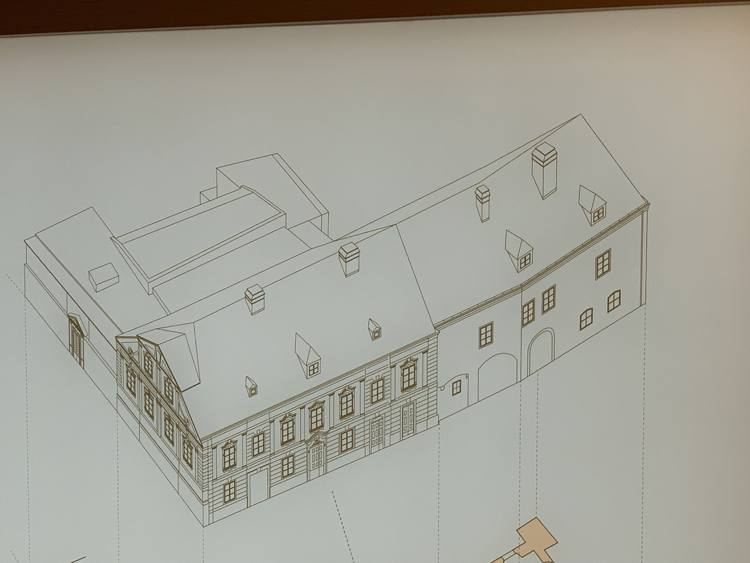
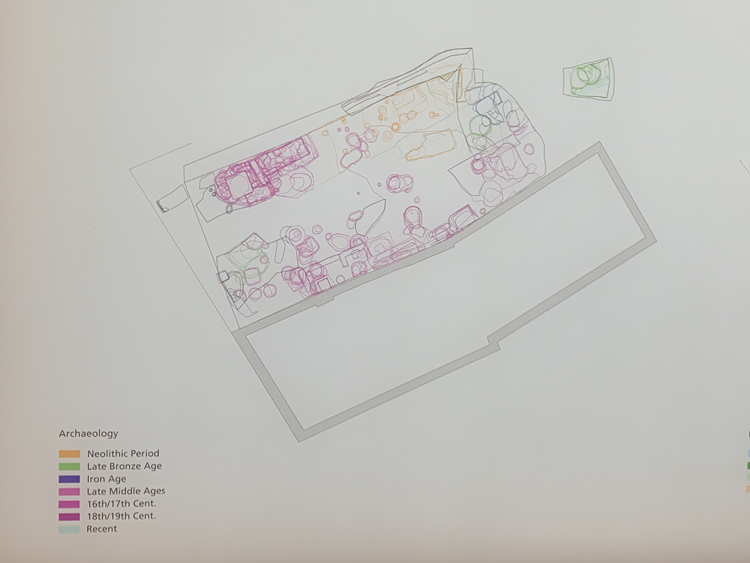
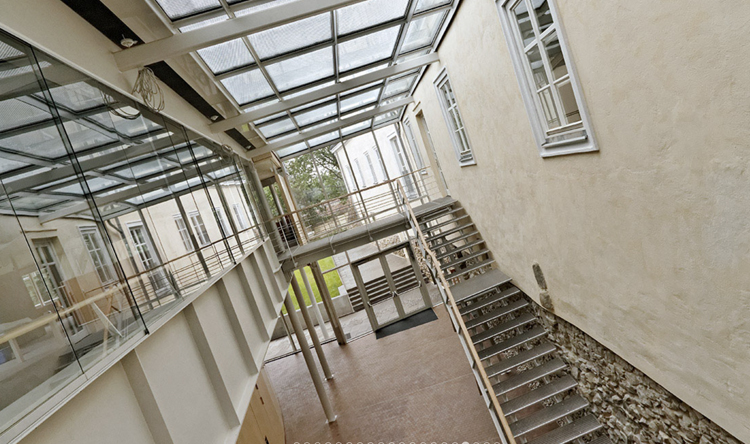
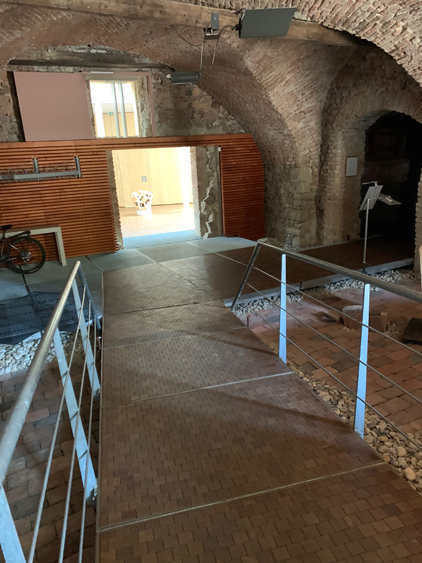
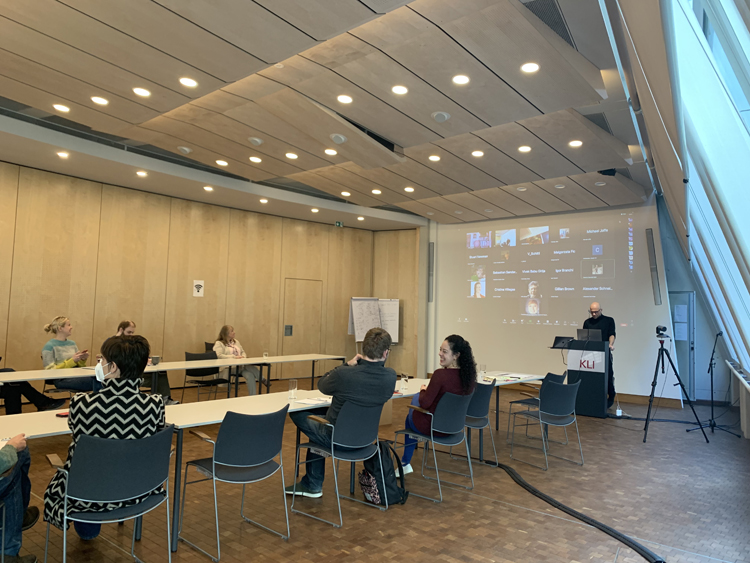
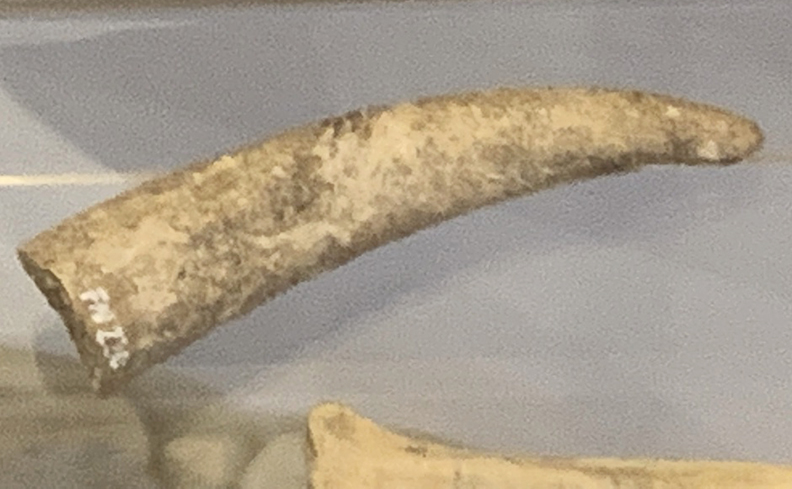
The April 24th Vernissage included a selection of studies made using watercolor, charcoal and three-dimensional paper during the development phase of the project. The initial weeks raised questions such as how to include the use of measurement, approaches for representing knowing vs unknowing and what media and fabrication methods would be most effective. Many weeks were needed to test and experiment possible directions.
These works presented on walls and tables in the studio area of the atrium.
